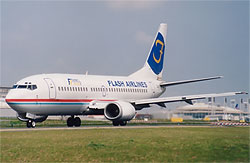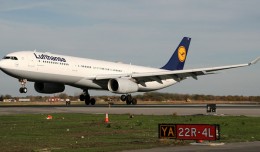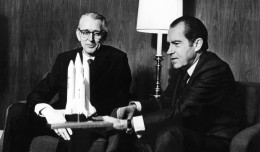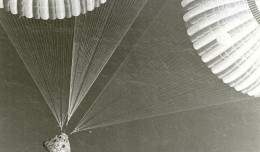
Flash Airlines SU-ZCF, a 737-300, seen here on a happier day at Paris Charles De Gaulle. (Photo by Brian Stevenson)
2004 – Flash Airlines Flight 604, a 737-300 (reg SU-ZCF) en route to Paris via Cairo, crashes shortly after takeoff from Sharm el Sheikh, Egypt, killing 148. American NTSB investigators blame the crash on spatial disorientation by poorly trained pilots, while Egyptian authorities cite mechanical failure.
1994 – Baikal Air Flight 130, a Tupolev Tu-154M, crashes at Irkutsk, Siberia shortly after takeoff as the result of a fire in the number 2 engine. All 124 on board are killed, plus one person on the ground. (26 years to the day later, Russia would order the grounding of all
1986 – An Iranian C-130 Army transport crashes into a mountain while attempting to land at Zahedan Airport (ZAH) in southeastern Iran, killing all 103 on board.
1944 – Japan launches first Fu-Go bombs, aka fire balloons or balloon bombs. Released from Japan, the balloons were meant to be pushed across the Pacific by the jetstream and then crash into the U.S. mainland and explode. A fascinating idea, but not a very effective weapon: Of the 9,000 balloons launched, only six Americans were killed. 300 of the balloons were ever found in North America, and it is estimated around 600 others likely landed in uninhabited deserts, forests and mountains.
1915 – A Bristol Scout C takes off from HMS Vindex, marking the first time a wheeled aircraft had taken off from a ship.
1909 – The first airspeed indicator is patented by Alec Ogilvie.







